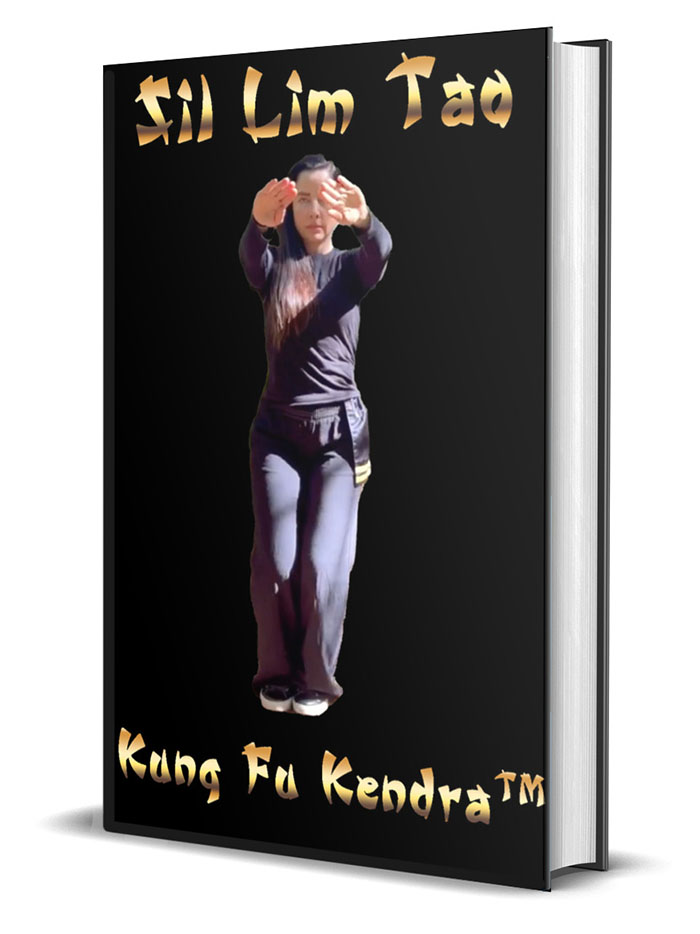Jean-Claude Van Damme’s Kicks vs. Wing Chun’s Traps – Which Wins in a Real Fight?
Jean-Claude Van Damme, widely known as "The Muscles from Brussels," built his martial arts foundation primarily through Shotokan karate, kickboxing, Taekwondo, and Muay Thai. Starting his training at the age of 10, Van Damme earned a black belt in karate by 18 and competed extensively in European karate and kickboxing tournaments. His fighting style became famous for its powerful and versatile array of high and spinning kicks, agility, and athleticism, which he showcased in his many action films.
Many narratives surrounding Bruce Lee's time with Wing Chun tend to romanticize or oversimplify his journey. Contrary to some popular beliefs, Bruce Lee did not abandon Wing Chun; rather, he evolved from it. Wing Chun's focus on economy of motion, directness, and efficient use of energy formed the very core of Jeet Kune Do. Bruce often emphasized simplicity and truth in combat, principles at the heart of Wing Chun's philosophy, where unnecessary movements are stripped away to reveal raw effectiveness. His training involved mastering close-range combat techniques, structural balance, and the concept of striking along the centerline—elements that rooted him firmly within the Wing Chun tradition. Rather than seeing Jeet Kune Do as a rejection of Wing Chun, it's more accurate to view it as an extension, a refinement based on Wing Chun's core truths adapted for modern combat challenges.
Wing Chun, on the other hand, is a traditional southern Chinese martial art focused on close-range combat that emphasizes traps, structure, and economy of motion. Unlike Van Damme’s explosive and distance-oriented kicking techniques, Wing Chun uses deflections, sticky hands sensitivity (Chi Sao), and quick hand traps to control and neutralize an opponent, often working to dominate the centerline and disrupt attacking flow. Its techniques are designed to work efficiently in tight spaces, using simultaneous attack and defense to overwhelm larger or more aggressive opponents.
In a real fight situation, the effectiveness of Jean-Claude Van Damme’s kicks compared to Wing Chun’s traps depends greatly on the fighter’s experience, distance control, and adaptability. Van Damme’s high kicks have significant reach and knockout power but can also leave him vulnerable if blocked or countered because of the time required to execute them. Wing Chun’s trapping skills excel at closing the gap quickly, intercepting kicks or punches, and controlling limbs to prevent strikes, making it difficult for a kicker like Van Damme to find a safe moment to launch attacks.
Moreover, Van Damme’s full-contact fighting and competition experience in karate and kickboxing gave him robust conditioning, toughness, and strategies to manage distance and timing in striking duels. Wing Chun’s emphasis on sensitivity and reflexes, however, can provide an edge in rapid hand-fighting and controlling the opponent’s arms to create openings for close-range strikes or counters. The art’s reliance on structure rather than brute strength enables Wing Chun practitioners to neutralize more powerful attacks through precise technique.
Ultimately, there is no definitive winner in a general sense—Van Damme’s powerful kicks are lethal at range, but his style requires space to operate effectively. Wing Chun’s traps thrive in cramped, fast exchanges and can disrupt aggressive kickers if the practitioner is skilled at closing distance without being struck. The outcome in a real fight would hinge on the combatants’ skill levels, ability to adapt, and the rules and environment of the confrontation. Both represent highly effective systems with different strengths, making the question largely contextual rather than absolute.

